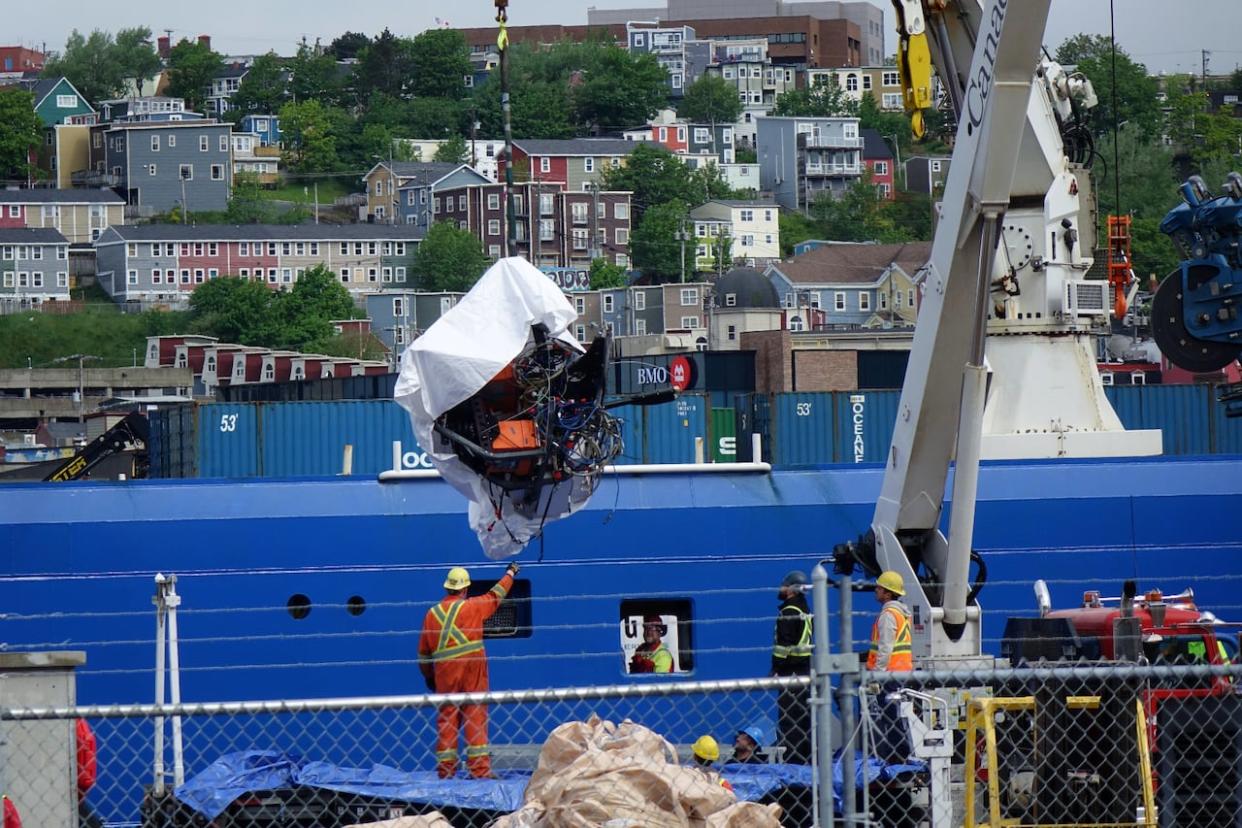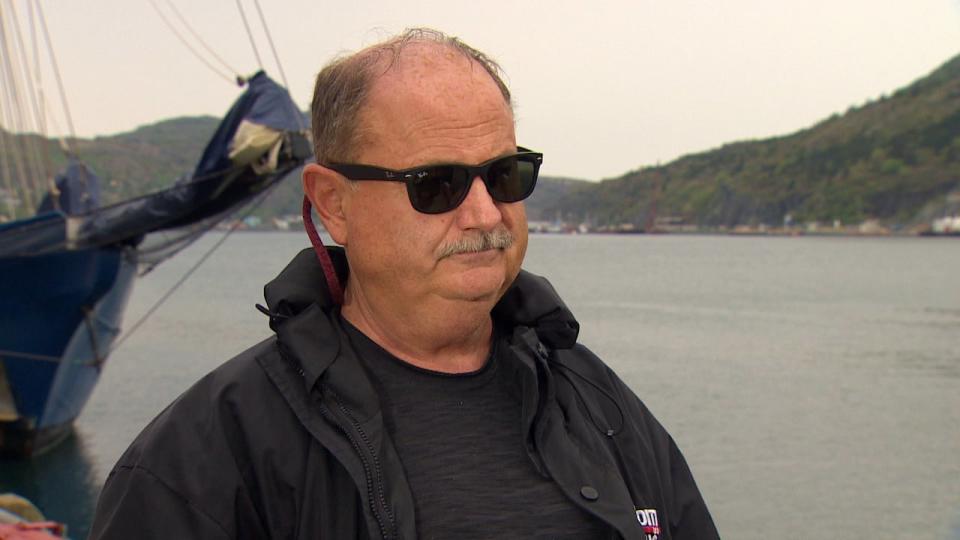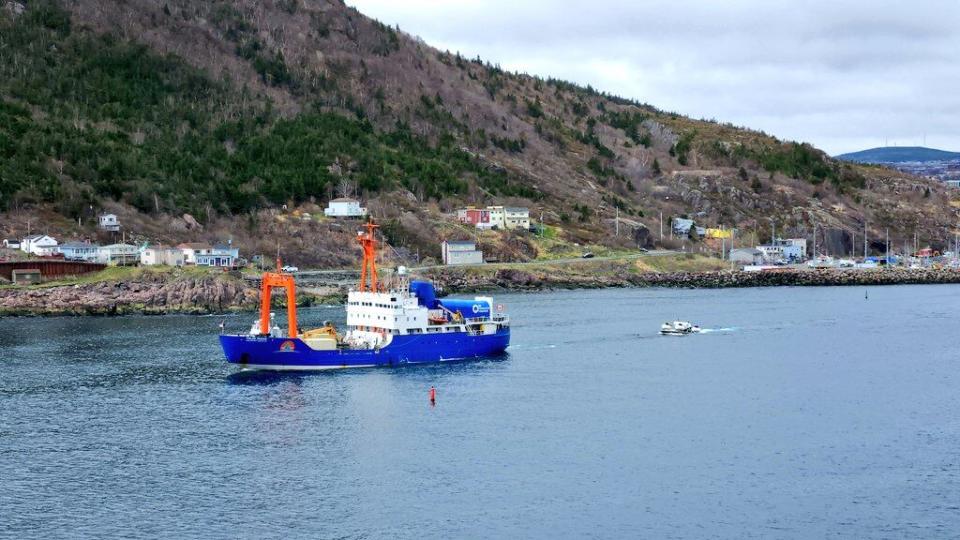1 year after submersible implosion, Titanic expeditions must continue, says N.L. adventurer

One year ago after the Titan submersible imploded off the coast of Newfoundland, killing all five passengers on board, Titanic expedition specialist Larry Daley of St. John's says trips to the shipwreck should continue.
Daley, who dived to the Titanic in a submersible in 2003, says the implosion of OceanGate's Titan hit close to home, but navigating the ocean depths can be done safely.
"I lost my really good friend and mentor, P.H. Nargeolet, who I've worked with in past expeditions for many years," Daley told CBC News this week. "It's sad to know that they perished doing something that they enjoyed."
What gives him peace is knowing the passengers had no way of knowing what happened.
"The only kind of good thing that came out of it is they wouldn't know it imploded," he said. "It's not like you're going to get a warning or different sounds or you're getting a leak when you're at that depth. It literally implodes at what I'm told at 2,200 miles per second."

Still, he says, the loss could have been avoided.
"I just know that, you know, diving the depths of the oceans around the world in submersibles is very safe when you use the proper equipment and you do it safely," Daley said.
Future expeditions planned
Larry Connor of Ohio is the latest billionaire planning a voyage to the Titanic in a deepsea submersible.
It's estimated the vehicle's costs will be in the tens of millions and won't be ready until at least the summer of 2026.
Connor considers the Titan's tragedy an outlier. He is working with the co-founder of Triton Submarines, Patrick Lahey, to build a new submersible.

Connor has told reporters his voyage is a return to the tried and true methods of deep-sea exploration.
"If we can't do it what we call 's and s' — safely and successfully — we're just not going to do it," he told the New York Times recently. "We're not thrill-seekers. We're not big risk-takers."
Daley says the show must go on for Titanic exploration — but with extensive safety measures in place and respect for the gravesites: the Titanic and the Titan.
"Outer space missions, there's been tragedies and loss of life. Every year people pull permits and spend a fortune to climb Everest, and some don't make it." Daley said.
"As long as things are done respectfully and you respect that as a gravesite and continue to do so, that's my only main concern."
Download our free CBC News app to sign up for push alerts for CBC Newfoundland and Labrador. Click here to visit our landing page.


